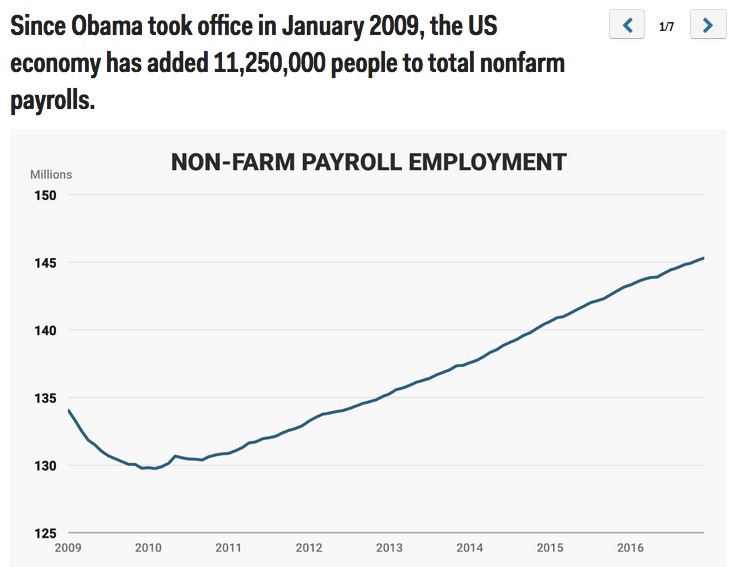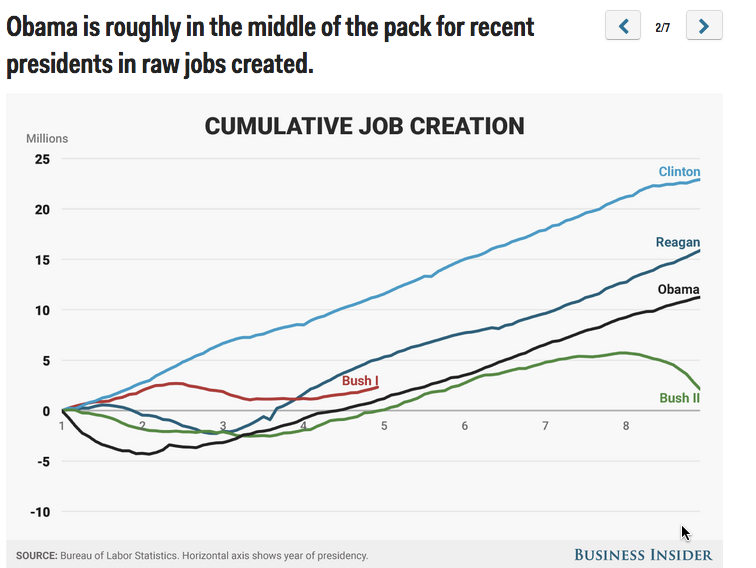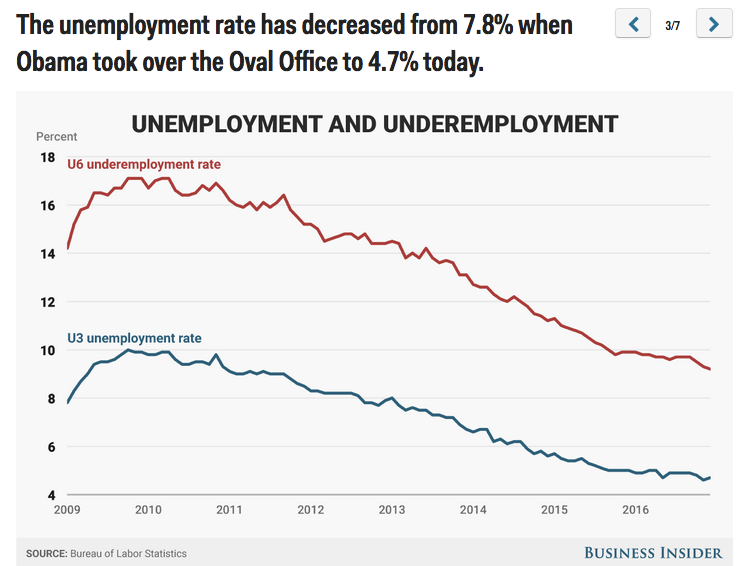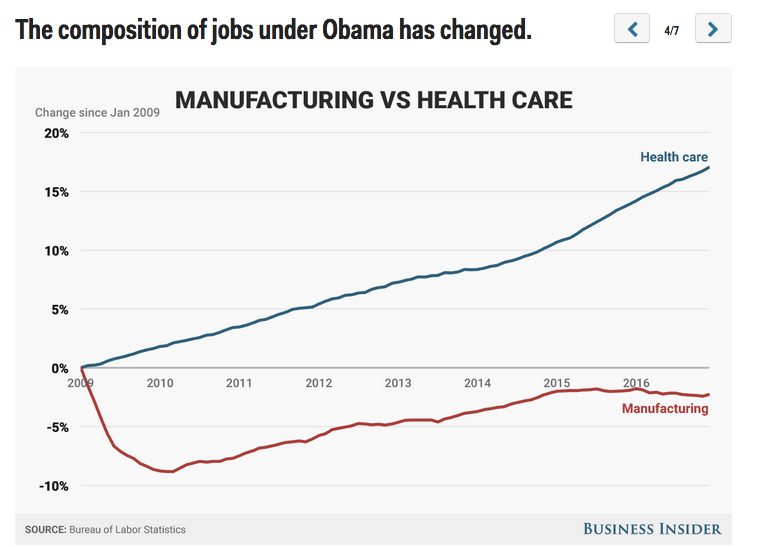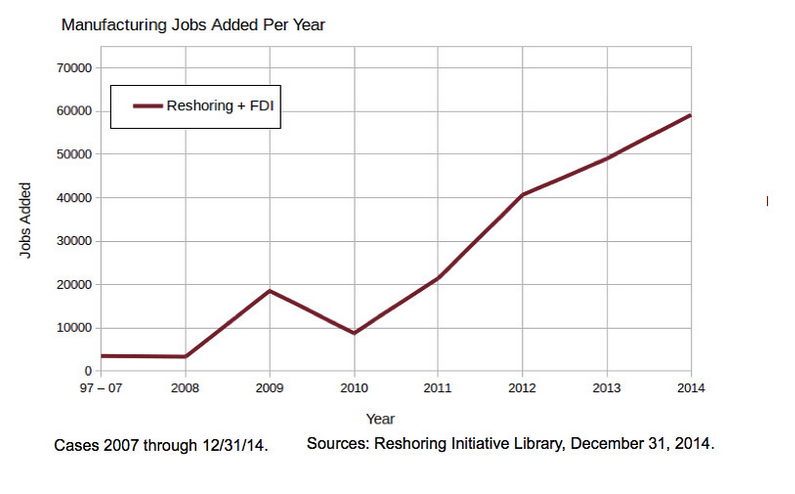COVID – 19 Update 2020
The COVID-19 pandemic has caused havoc with the global and US economies. The US stock market has lost all value created since the end of 2017 — the beginning of Trump’s term. At the middle of April, there are 15 million unemployment claims. The unemployment rate is estimated to climb to 10%-14% in the short term. The Federal government has dedicated trillions to provide a safety net. When comparing the US “safety net” to other countries, the uncertainty and anxiety for Americans is far greater.
Update 2020
The Republicans and Trump passed a tax cut for business. The Federal Reserve does the bidding of the president so the interest rates have been kept very low. Tariffs have been levied. The farmers have been bailed out to an unbelievable degree.
So much has happened that is it difficult to sort out what impacts what. That said, the economy has continued to be strong, the growth and job creation is similar to Obama’s performance. Now we have the coronavirus which will have a dampening effect on economic growth.
Our debt and deficit have both grown dramatically under this administration.
ON THE RECEIVING END OF A STRONG ECONOMY – JANUARY 2017
The current administration ran a campaign on a false representation of the economy. The candidate claimed that the economy was a disaster, the unemployment rate was 42%, declared that he was the one who could fix it, could bring coal mining and manufacturing jobs back to the US and more. The candidate claimed that his administration would create 25M jobs and grow the economy at 4%. In fact the economy was very strong as of December of 2016 and exhibited continued strength in January of 2017.
Jobless Rate at 10-Year Low as Hiring Grows and Wages Rise
Read full May 2017 article for update and support for the premise that the Obama economy was strong. Currently Trump is taking credit for an economy that he did not create and one that he soundly criticized.
This is our baseline for the current administration. The economy under Obama began in a deep recession with huge loss of jobs and transitioned to a strong economy on an upward swing in eight years. The economy gained over 11,250,000 jobs, which is striking considering that the economy had to recover all the jobs lost during the recession and then gain ground and includes a decrease in Federal employment of over 375,000 jobs.
Many, many Trump supporters, often from the midwest and south, focused on the economy and the hope that the current president would put the economy “back on track”, bring jobs back to America, aided by using the phrase “make America great again”, as a slogan claiming that the US was in a mess. These beliefs were held in spite of the facts that the economy was in good shape, creating jobs and maintaining a low unemployment rate.
Disbelieving the facts is likely due to the “unevenness” of the robust economic recovery the US experienced from the Great Recession of 2009. The positive effects of the recovery were experienced most strongly in states on the east and west coasts and were often related to technology, healthcare and trade. While manufacturing jobs were coming back to the US at an increasing pace with Made in the USA gaining favor, the jobs were different from the manufacturing jobs of eight years ago. See 2015 analysis. Voters in the south and midwest did not experience the same robust recovery, especially in rural areas. Instead the experience in that part of the country was lack of jobs, low wages and stagnation. However, the urban areas of southern and midwestern states all experienced the positive impact of the economic recovery, in general. Read more
The biggest challenge facing our country now is extreme polarization and nowhere is that polarization more apparent than in the perception of the economy. Unfortunately the president is a divisive influence and continues to misrepresent, cater to feelings of resentment and victimization and stir up fears. In this atmosphere, it is highly unlikely that the facts about the economy will be believed by the president’s supporters.
This leaves all of us in a very difficult position. Without working from the same set of facts, there is little chance of finding common ground except in a very general way, saying that we all want good jobs, opportunity for advancement and a strong economy. One of the biggest concerns about this administration is that facts and data collected will be distorted, reported inaccurately and hidden from view. This pattern of behavior leads us to be wary of information that comes from this administration.
During the first month, the current administration has continued to misrepresent facts, take credit for events that are not related and ignore facts completely and creating an atmosphere of chaos and distraction. The pattern of making reckless decisions, refusing to follow “vetting” procedures, refusing to inform internal agencies, and behaving inconsistently continues and cast doubt on the ability of departments and agencies to function professionally. Other alarming actions are that public information has been removed from the Federal government website, gag orders have been issued and a Federal hiring freeze has been instituted.
HOW TO NAVIGATE UNDERSTANDING OF THE ECONOMY WITH FACTS
Perhaps the only way we can reduce the polarization is to track the basic facts of the economy at the national level and monitor what actually what happens, not what is said. Another way to reduce polarization is for all of use to develop a basic understanding of the US economy. Information about the economy and opinions are primarily from Federal agencies and media such as the New York Times, the Washington Post, the Guardian and others in the center of mainstream media.
The statistics reflected on the economic dashboard below is primarily from the Bureau of Labor and Statistics, a well-respected Federal organization that has been tracking economic data for years.
DASHBOARD OF ECONOMIC FACTS
With that . . . our dashboard will track two important economic measures. As an example, the January report will be listed in January although the actual report will come out in February.

